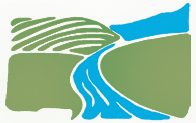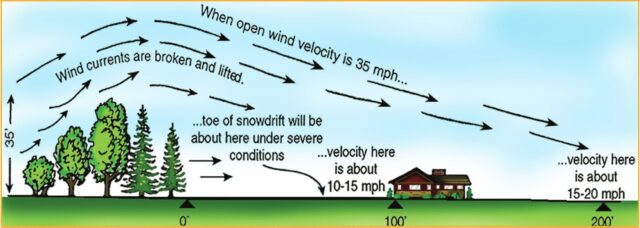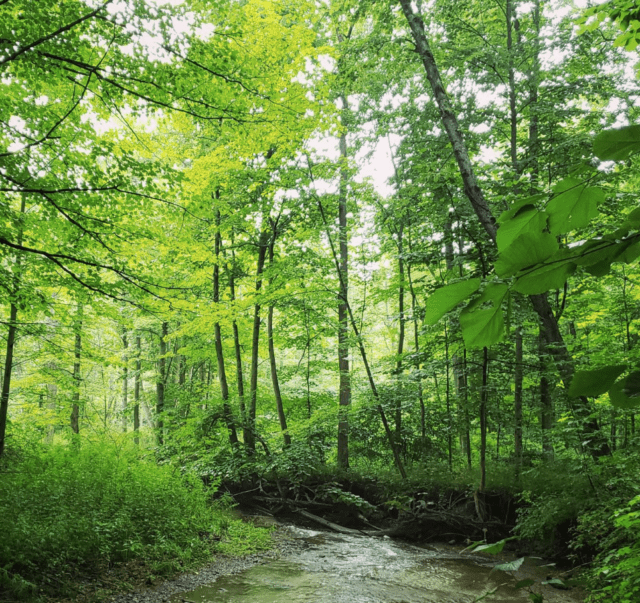The 2023 Forever Green Tree & Shrub sale is underway. This year the District is offering five different types of conservation packs. These are great starters for the garden. Each pack is $20 and contains 2 of each 5 different species. Order with payment due by March 10, 2023
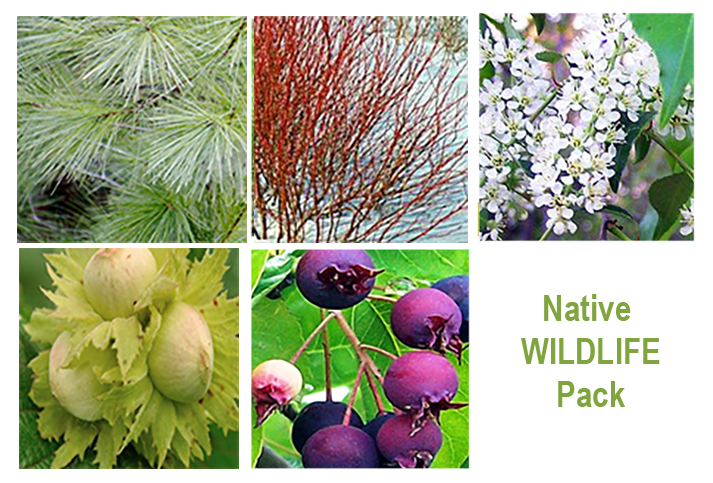
Native New York Wildlife; 2 each of White Pine, Red osier Dogwood, Black Cherry Tree, Hazelnut Bush, Juneberry Bush
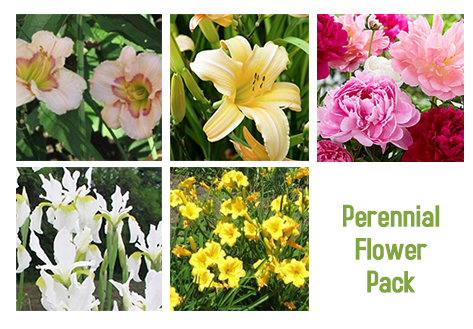 Perennial Plant Pack; 2 each of Dream Baby Daylilly, Stella De Oro Daylilly, Mixed Peony, and White Iris
Perennial Plant Pack; 2 each of Dream Baby Daylilly, Stella De Oro Daylilly, Mixed Peony, and White Iris
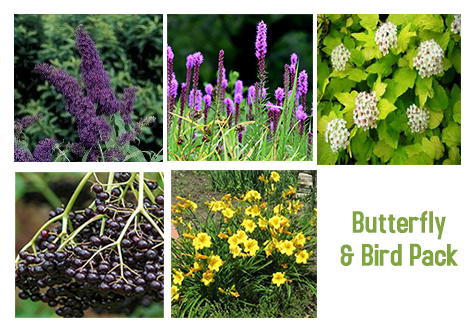
Butterfly and Bird Pack; 2 each of Butterfly Bush, Elderberry, Lilatris, Ninebark, Stella Dora Daylily
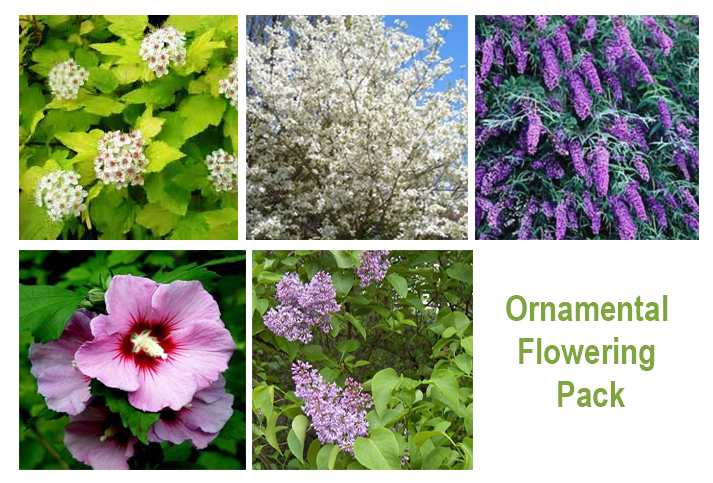
Ornamental Flowering Pack; 2 each of Ninebark, Butterfly Bush, Lilac, Rose of Sharon, White Flowering Dogwood
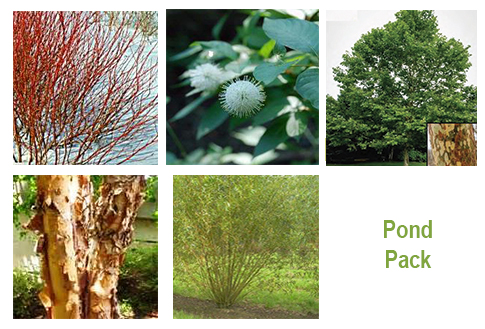
Pond Habitat Pack; 2 each of Red osier dogwood, Buttonbush, Sycamore, River Birch, Willow
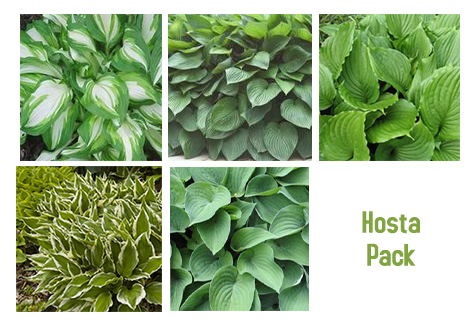
Hosta Plant Pack, 2 of each species/ variety of Ventricosa, Hyacinthia, Albo Marginata, F. Aureo Marginata, Honey Bells
